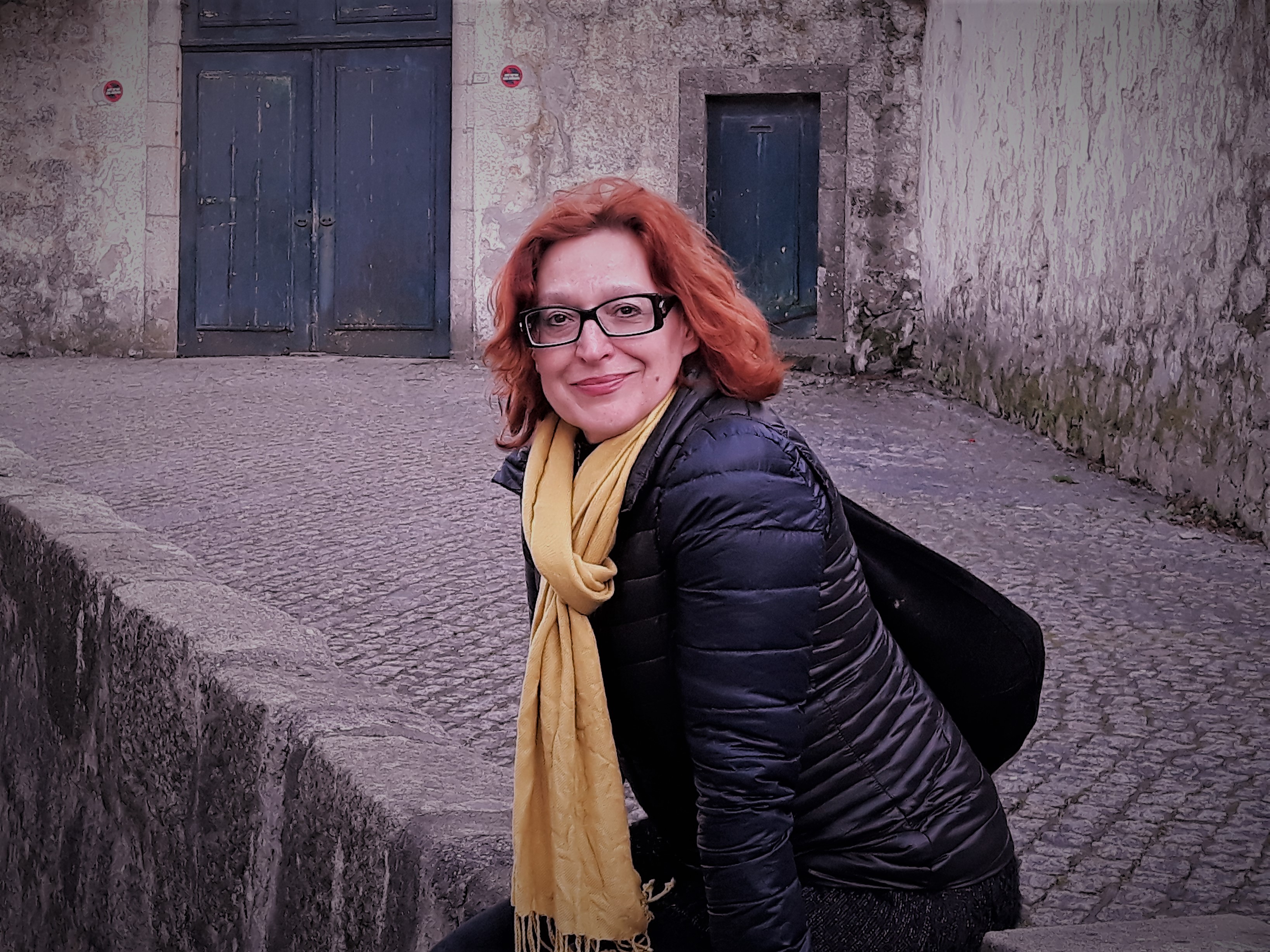Dorota Combrzyńska-Nogala
, b. 1962
A philologist, teacher of the deaf, writer. Graduated from the University of Łódź. Author of novels for adults, such as Naszyjnik z Madrytu [A Necklace from Madrid] (2007), Wytwórnia wód gazowanych [Soft Drinks Factory] (2012), and Drewniak [A Wooden House] (2012). She also completed Charlotte Brönte’s unfinished work, Ashword, published in 2015 as Chcę wszystko [I Want Everything]. Particularly devoted to writing for children and young adults. Her most popular books for the younger audience are: Piąta z kwartetu [The Fifth from a Quartet] (2008), Bezsenność Jutki [Jutka’s Insomnia] (2012), Syberyjskie przygody chmurki [Siberian Adventures of the Cloudlet] (2014), and Możesz wybrać, kogo chcesz pożreć [You May Choose Whom You Want to Devour] (2014). Her latest novel is Skutki uboczne eliksiru miłości [Side Effects of Love Potion] (2017). For her work, she received numerous prizes, such as "Władysław Reymont Award" (commemorating the Polish writer who in 1924 won the Nobel Prize in Literature) and the first prize in the "Child-Friendly Book" contest. She currently lives in Łódź.
Source:
Profile at the wyd-literatura.com.pl (accessed: July 4, 2018).
Bio prepared by Maciej Skowera, University of Warsaw, mgskowera@gmail.com
Questionnaire
1. What attracted you to Classical Antiquity and what challenges did you face in selecting, representing, or adapting particular myths or stories?
As Bezsenność Jutki is not based on a story of an existing person (which I would have tried to present to contemporary children – and also, in many cases, to their young parents), I had to look into records, diaries, and historical studies in order to create a believable character. Among them, what impressed me the most were the words by Oskar Singer, the chronicler of the Łódź Ghetto: “The man in the Ghetto is an evil man. The evil created by such a man is greater than what could be explained by the self-preservation instinct.”
2. How does it translate to your story?
The whole modern ethics is based on the Great Commandment of Love (“Love thy neighbour as thyself”) and Singer asks a universal question: What’s left of it in extreme situations? This is why I wanted the norms and culture, something permanent in the world that collapses, represented by myths, to be present in this frightening place – the Ghetto. Jutka’s grandfather is a symbol of humanity: he raises the girl taking care of not only her physical survival. And myths are not just a device of education but, in this case, they also constitute – similarly to fairy tales – a kind of compensation literature, which makes one survive the suffering and, simply, relax him or her. The choice of myths I made was rather an intuitive than a rational one. In fact, I am not sure who made this selection: me or my character, Dawid Cwancygier. Daedalus and Icarus have wings, and the grandfather and the granddaughter from my story can imagine that they can fly too, and that they are able to fly away from the Ghetto, which – just like Crete – is kind of a closed island. Interestingly, some historians perceived the end of my story as unrealistic. I insisted that the text ends with Jutka and her aunt leaving the Ghetto – they just leave it, they are not rescued… We don’t know what could have happened later (sometimes during meetings with the audience, children imagine the characters’ future – and some of them have no illusions about the women’s fate). However, Ewa Wiatr, a historian from the University of Łódź, checked the records and – to her own surprise – it turned out that in roughly the same time two females managed to exit from the Ghetto.
3. So it was the Ghetto’s being almost completely closed that made you use the Cretan myth?
The myth came to my mind when I was reading about the "Szpera" and about people living in the Litzmannstadt Ghetto who were trying to hide. The narrowness of this claustrophobic and, as I said, closed district reminded me of the labyrinth, and therefore the figure of the Minotaur appeared naturally.
4. Referring to your story’s allusions to antiquity – do you have a background in classical education (also: Latin or Greek at school or classes at the University)?
No, I don’t have such a background, although I had classes about classical literature and I learned Latin at the University (unfortunately, with poor results). I owe the knowledge of Greek myths to the primary school.
5. Jutka, having listened to her grandfather’s stories, refer to them later in her life. What, in your opinion, did these narratives give her? And what do they give contemporary children?
The girl survived in the basement, keeping a ball of wool in her hands. I assume that the story of Theseus and Ariadne definitely help her in dealing with the situation. Contemporary children, reading and listening to myths, but also to fairy tales, become equipped with patterns of thinking and acting, with certain archetypes, and these things can support them in real life. We all use this priceless heritage, even when we are not aware of it.
6. Do you think that classical / ancient myths, history, and literature continue to resonate with young audiences?
Yes, I suppose, but it depends on the way of presenting them. For example: young people associate fantasy literature with myths, and this kind of writing is heavily read by them, and by adults too.
6. You mentioned fantasy and, earlier, fairy tales. Why did you choose to use myths instead of other kinds of fantastic narratives?
I don’t know why, but I didn’t think about fairy tales at all when creating my story. Maybe myths are something even more universal and fundamental for me? Nevertheless, cultural tales and ethical norms are not given once and for all, so they still constitute something we have to work on.
Prepared by Maciej Skowera, University of Warsaw, mgskowera@gmail.com
Records in database:



